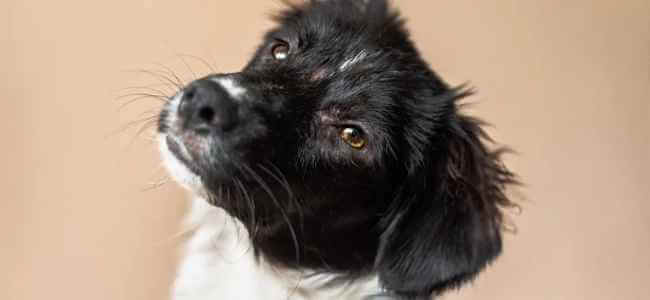
The moment you lose a pet, whether it’s a dog, cat, bird, or even reptile, you have decisions to make. You can always choose to say goodbye and have a memorial built once it has been buried or cremated. You can also choose to have your pet freeze-dried so that it can live a second life within your home. It’s a way to keep your pet near and dear to you while being able to see it on a daily basis.
Learning how to care for a pet during its second life is critical so that it can last for years…and even an entire lifetime.
How to Prepare a Pet for the Process
Caring for a freeze-dried pet starts with the moment that your pet passes. You don’t want to waste any time with the preparation process so that it can be shipped to the taxidermist.
What do I need to do if I want to have my pet freeze-dried? The fact that you’re even thinking about this is a good start.
The sooner the pet is prepared, the better it will be. You’ll want to make sure that everything is handled within days so that there’s no chance for the body to begin to decay.
- Be sure that the body is as dry as it can be.
- Place the body in a plastic bag (Ziplock or trash bag depending on the size of the pet).
- Remove as much air as possible from the bag before sealing it. Don’t use any blankets or paper inside the plastic.
- Place the plastic-wrapped body in the freezer.
- Send the pet via overnight services to ensure that it stays frozen throughout the shipment.
There’s also some good news with the freeze-drying process. Depending on how your pet died, it may not be ready to be presented. Broken legs and other issues can be addressed by a professional taxidermist. You’ll simply want to let the taxidermist know even before you ship the body of your pet to them. In some instances, your vet can take care of some or all of the details for you so that you don’t have to handle your deceased pet until after a taxidermist has completed the freeze-drying process.
Additionally, you’ll want to consider what pose you want. There are various aspects of the process in which posing can be done. This allows you to choose a pose that may be unique to your pet – and photos can be sent along to help achieve the best possible look.
When in doubt about the preparation process, ask questions. Your taxidermist should provide you with a full checklist to ensure you have done everything necessary to preserve the body and get it shipped without any further damage/decay.
How to Care for Your Pet During Its Second Life
The pose that you choose for your pet will be established even before we receive the body. Once we have received your pet and have started on the process, we’ll communicate with you to ensure the posing is as you wish for it to be. Consider the pose in terms of where your pet will be displayed upon you receiving it. Particularly with larger pets, we recommend a lying or sleeping posture so that it is less likely to fall and become damaged.
The freeze-drying process offers full preservation. This means that as long as you care for your pet, it will last as long as you wish for it to be around without any further signs of deterioration.
How do I care for my pet during its second life?
This may be one of the most important questions that you ask as you don’t want to bring any harm to the pet or ruin its appearance.
The pet will have the same size and shape that it did in its life. The only difference will be that it is considerably lighter due to not having the water weight. Be sure that you place your pet somewhere that is not in the way of foot traffic.
You’ll want to keep your pet away from dirt, spills, stains, direct sunlight, and humidity.
Your pet should be carefully placed away from air vents where it can gather dust. Further, you want to keep your pet away from direct sunlight for extended periods so that it doesn’t experience any kind of fading (particularly important with pets that have fur or feathers).
If your pet becomes dirty or stained, you can treat it carefully, just as you would a rug. However, you want to avoid too much moisture so that there isn’t any kind of deterioration.
You can brush and/or dust your pet so that dirt is removed on a regular basis. You should not wash or bathe the pet in any circumstance.
When you work with a professional who takes the time to help recreate your pet in the liveliest pose possible, the pet can be held and even gently petted regularly. You will, then, want to carry and transport the pet with the utmost caution.
There’s one more thing you should remember about caring for your pet in its second life. Your pet will look so realistic that many people will assume it is real. Be sure that you let people know that it is a freeze-dried pet so that they don’t try to move it.
Additionally, other animals in your house won’t know that it isn’t alive right away. Dogs may become aggressive and other animals may try to attack it. Keep an eye on the placement of the pet so that it is kept safe from anything that may consider it prey.
When you decide that you want to have your pet freeze-dried, it’s important to work with a compassionate and professional taxidermist. This ensures that you learn about the entire process, including how to prepare your pet for shipment all the way to caring for your pet upon its return.
How to care for a freeze-dried pet is just as important as learning to care for a live one. With the right level of care, it can last a lifetime, so you never have to say goodbye again.











